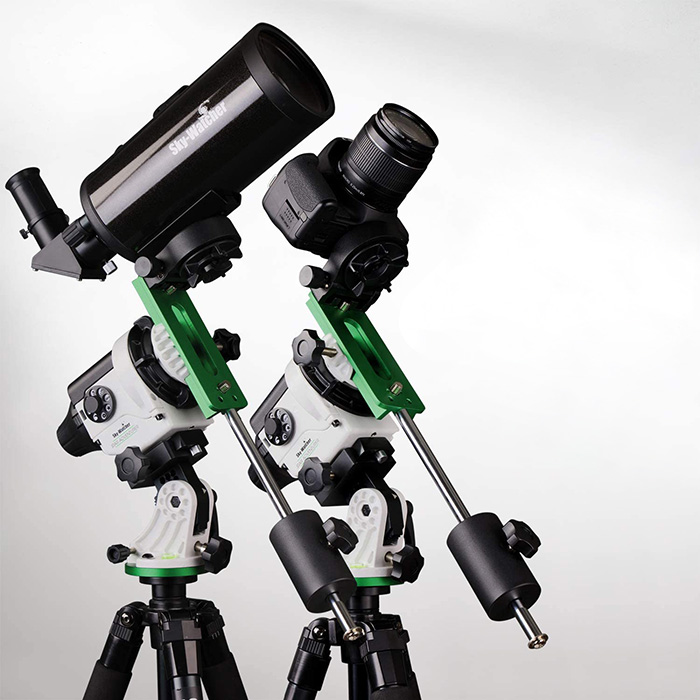
Put a camera on a tripod and take a picture of the night sky. If the shutter speed is too long the stars begin to streak due to the rotation of the earth. A star tracker compensates for that rotation. A quality star tracker will extend your shutter speeds from seconds to several minutes so you can capture more detail in your night sky photos. A star tracker is the best way to do long exposures of the night sky without going to the time, trouble, learning curve, and high dollar expense of doing guided photography with a telescope.
Put the star tracker on top of your tripod, put your camera on the star tracker, do a polar alignment and you are ready to go.
The only challenging part of all of this is getting a proper polar alignment of your star tracker. To get an idea what that is like, read the last half of this article. You should be willing to commit to doing a polar alignment at the beginning of every night photography session or you should not buy a star tracker.
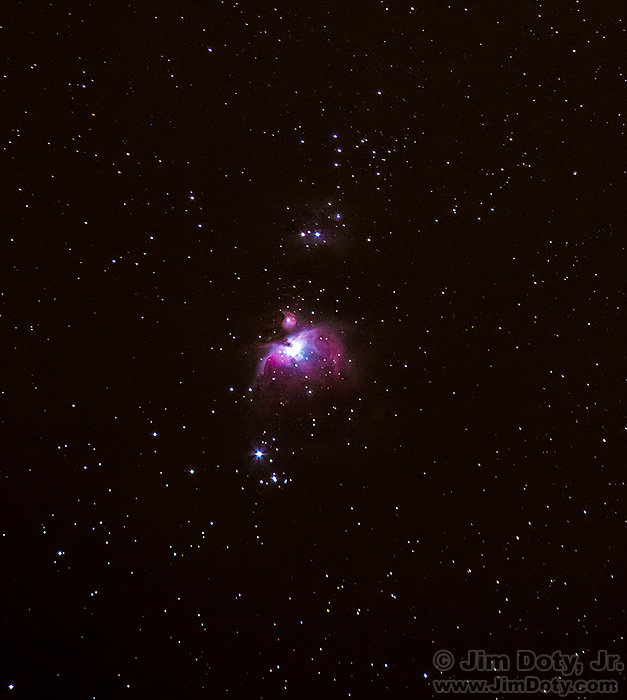
I bought an iOptron Sky Tracker several years ago and it works great provided I stick to light weight lenses. This photo of the Orion Nebula was taken with a 300mm lens that is not very heavy.
But what if I decided I want to use longer and heavier lenses? The iOptron Sky Tracker does not come with a counterweight which compensates for using heavier lenses, so I started checking reviews.
Here’s my short list of Star Trackers you should consider.
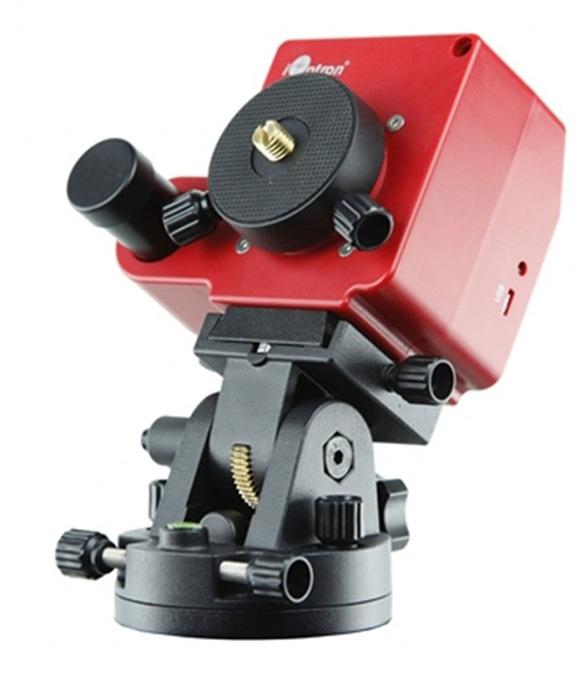
iOptron Sky Tracker Pro – This will work great if you stick to lighter weight lenses. The combined weight of the camera and lens should not be more than 6.6 pounds.
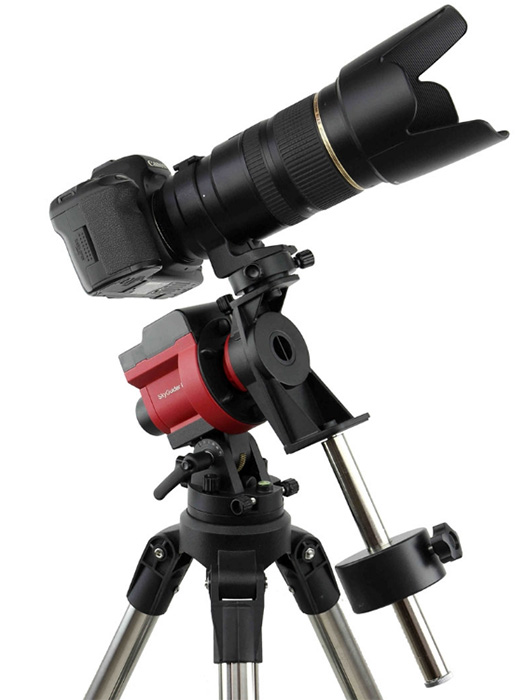
iOptron Sky Guider Pro – This will work great with heavier lenses thanks to using a counterweight. The combined weight of the camera and lens should not be more than 11 pounds.
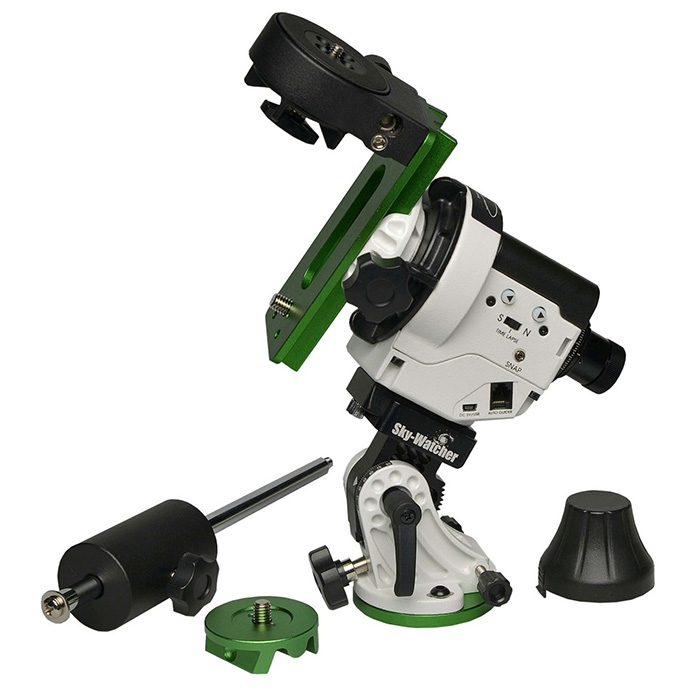
Sky-Watcher Star Adventurer – This will work great with heavier lenses. Get the “pro pack” which comes with a counterweight, wedge base, and illuminated polar scope. The combined weight of the camera and lens should not be more than 10 pounds.
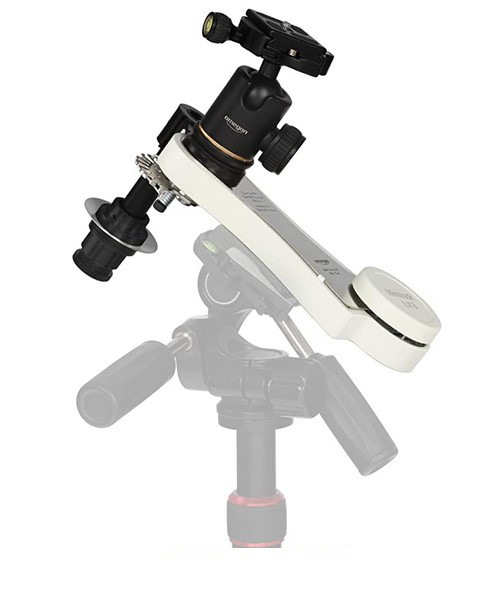
Omegon Mini Track LX2 or LXC – This is very different from the above star trackers. Instead of running on battery power, this has a mechanical wind up mechanism. IT also functions differently. You will have to read the second review below to understand how this works. You should also stick to lighter weight lenses. The combined weight of the camera and lens for the LX2 should not be more than 4.4 pounds, and no more than 6.6 pounds for the LX3.
You can find the iOptron, Sky-Watcher, and Omegon star trackers in the Astrophotography Gear section of my Amazon powered photography store.
Before you decide on which star tracker to buy, read at least the first two reviews in the Review Links section.
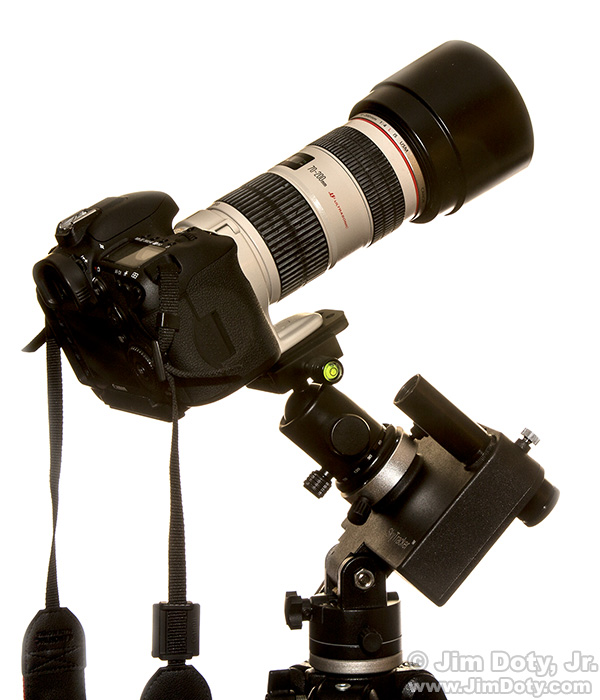
Ball Head
All of these star trackers have to be polar aligned. If you put a camera and lens directly on one of these start trackers you are seriously limited as to where you can point your camera lens. The solution is to put a ball head on top of the star tracker and them mount your camera on the ball head. That allows you to point your camera anywhere you want. If you don’t already have one, I recommend the iOptron ball head.
Review Links
Choosing A Star Tracker for Astrophotography – at AstroBackyard
Best Star Trackers for Astrophotography – at Night Sky Pix
Best Star Tracker for DSLR – at The Nine Planets
Five Best Star Trackers for DSLR – at Planet Guide
Best star tracker camera mounts for astrophotography – at Digital Camera World
Purchase Link
Astrophotography Gear section of my Amazon powered photography store.
Buyer’s Guide Series Link
This is one in a series of articles that will guide you to the best of all things photographic. The rest of the series is here: Buyer’s Guide: Recommendations For The Best Photography Equipment, Software, Books, Magazines, DVDs, Online Photo Labs and More.
